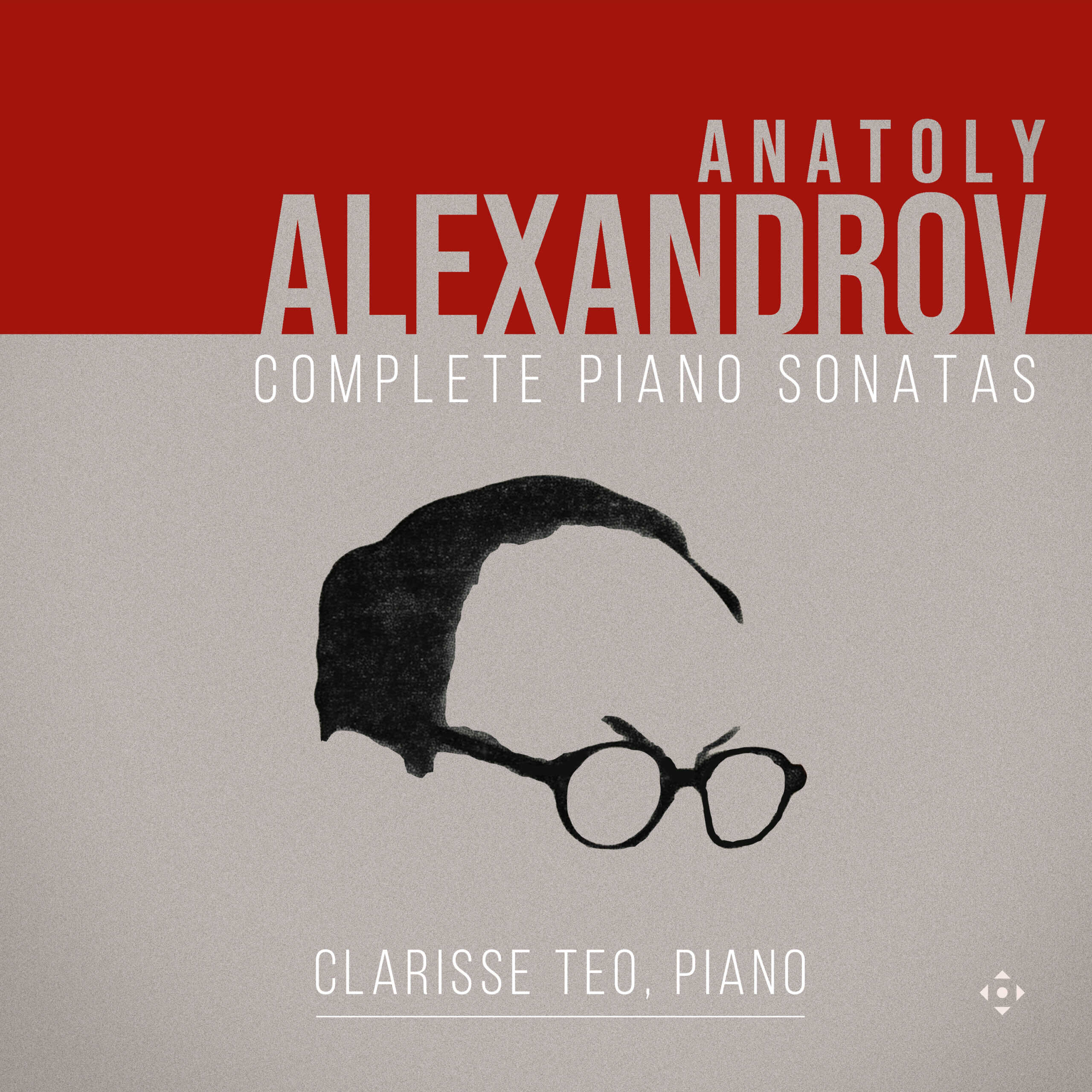Fanfare
Anatoly Alexandrov (1888–1982) was a Russian composer, pianist, and academic who studied with Taneyev, among others. This is the first complete recording of his 14 piano sonatas, although individual ones have been recorded before. Nos. 7, 9, and 12 are receiving their recorded premieres here. Singaporean pianist Clarisse Teo has made a study of Alexandrov’s music and wrote her doctoral dissertation on these sonatas. Her understanding of, and affection for, them is apparent in the colorful and deeply invested performances on these three CDs.
The 14 piano sonatas span most of Alexandrov’s expansive creative lifespan. The first, a brief one-movement work, was composed in 1914, the last in 1971. He began writing in a somewhat modernist vein during the early years of the Soviet Union, but as modernism turned more experimental, Alexandrov retreated to a conservative, late Romantic style that didn’t challenge Socialist Realism. He was most clearly influenced by Scriabin, but one also hears echoes of Prokofiev, Medtner, and Rachmaninoff in his music. His harmonic language also is similar to Shostakovich’s, but without the sarcastic wit and darkness that infiltrate much of Shostakovich’s output.
Echoes of Medtner are particularly strong in Alexandrov’s first four sonatas. These works also demonstrate considerable skill in contrapuntal writing and a genuine melodic gift. Alexandrov shows an affection for dramatic contrast, juxtaposing lyrical and turbulent sections, sometimes with minimal transitional material.
The Fifth Sonata was composed in 1923 and revised in 1938. Most of the changes, according to Teo’s superb notes, involved removing some of its modernist material that would have been objectionable to the authorities. Alexandrov’s move to a late Romantic language becomes apparent not only in these revisions, but also in the Sixth and Seventh Sonatas. In 1932 he heard some of Prokofiev’s piano music, which had the occasional effect of lightening the mood of Alexandrov’s style. He also began simplifying his textures, using less complex counterpoint.
Alexandrov could not escape the requirements of the Soviet government, particularly after the attack on Shostakovich in (“muddle instead of music”) in 1936. In that era the Communist leaders demanded music that was accessible and incorporated folk songs and dances. One hears Alexandrov’s response in the wartime Piano Sonata No. 8 composed between 1939 and 1944, with its catchy, lighthearted first movement, a darker second movement, and a dance-like finale that is one of the few examples here that closely recalls Shostakovich.
Sonata No. 9 from 1945 was originally conceived as a one-movement work for children, but it grew into three movements. Clearly Alexandrov was drawn to contrast here. Tension is often resolved quickly but then might soon restart again. The finale provides a good example: A lovely central lyrical section is surrounded by energetic music whose tension is underlined by the use of a Dies irae theme.
Piano Sonata No. 10 from 1951 seems to have been designed to satisfy the authorities’ requirement for celebratory and triumphant music. It uses popular songs from the period, but Alexandrov retains his compositional integrity by keeping both contrapuntal density and some harmonic adventurousness.
The last four sonatas were all composed after the death of Stalin in 1953, a time when much of the fear under which Soviet artists lived was eased. Sonata No. 11, titled “Sonata-Fantasia,” was composed in 1955 and is the gentlest of the set. It is clearly influenced by the Impressionists, particularly Debussy. After a somewhat intense, driven second movement, the finale is calm and reflective. In all these works (albeit Sonata No. 13 is a revision of the First Sonata), we hear a composer further simplifying his musical language, writing in a more lyrical and emotionally direct manner. Sonata No 12 has some turbulence about it, particularly in the first movement, but textures are transparent, and there is a lighter, more lighthearted mood to much of the score.
Describing that line between the good and the great in music is always tricky, and I have never been comfortable attempting it with any degree of specificity. I do not believe that Alexandrov’s piano sonatas achieve the level of greatness found in the finest of Prokofiev’s and Scriabin’s sonatas, but they comprise a significant body of work in Russian history deserving of greater exposure. This first integral recording is an achievement that any listener with an attraction to Russian and Eastern European piano music will find of interest. The recorded sound captures the full richness of Teo’s Steinway.
@divineartrecordingsgroup
A First Inversion Company
Registered Office:
176-178 Pontefract Road, Cudworth, Barnsley S72 8BE
+44 1226 596703
Fort Worth, TX 76110
+1.682.233.4978












